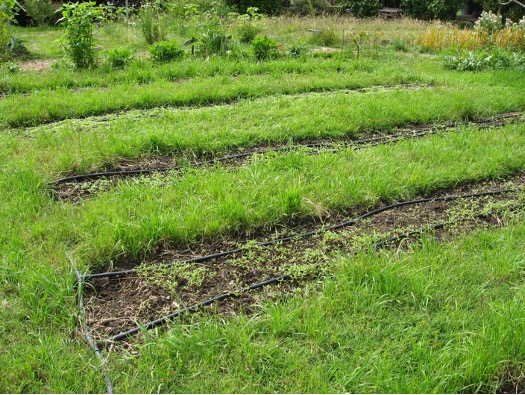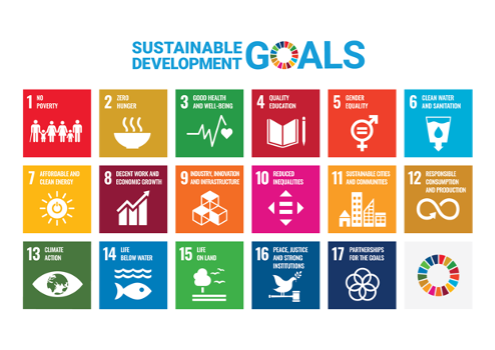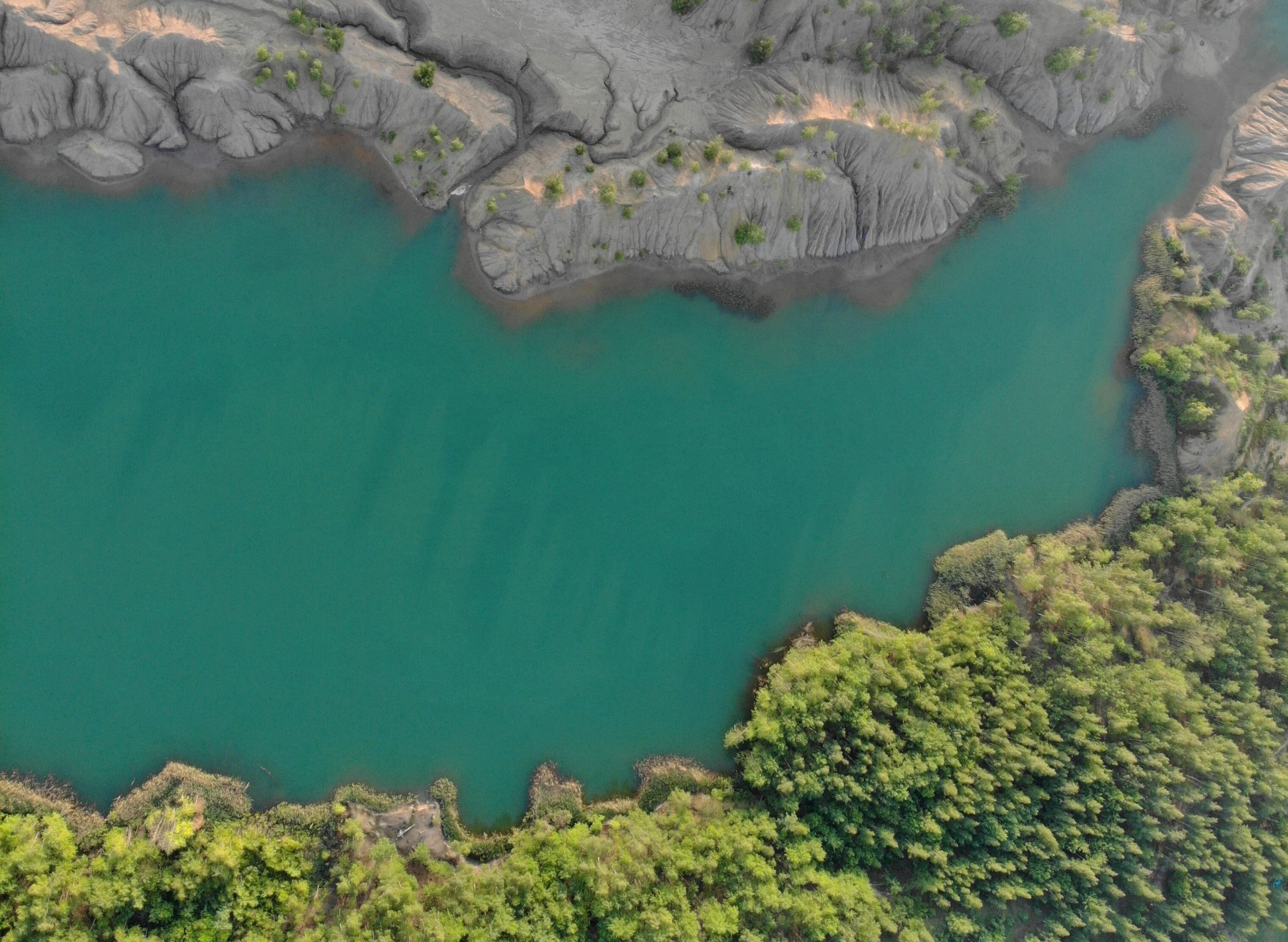Heather Cooley, Rebecca Olson, and Dr. Amanda Bielawski
Key Takeaways:
- Groundwater accounts for 99% of liquid freshwater but is being depleted at an alarming rate
- Groundwater depletion creates equity challenges and threatens the realization of the Human Right to Water
- The Pacific Institute advances solutions for groundwater resilience, including increasing water-use efficiency and expanding urban water reuse and stormwater capture
Around the world, people and nature rely on groundwater for survival. The newly released United Nations World Water Development Report 2022 underscores humanity’s reliance on this resource, noting groundwater currently provides about half the volume of domestic water and a quarter the volume of irrigation water withdrawn globally.
But it’s the frequent invisibility of this water source that often adds to the challenge of its governance and management. While 99% of the liquid freshwater on the planet is in the form of groundwater, it remains somewhat out of sight — and too often out of mind.
“While 99% of the liquid freshwater on the planet comes in the form of groundwater, it remains somewhat out of sight — and too often out of mind.”
As surface water becomes scarcer, more people are turning to groundwater to meet their water needs. Because of this, groundwater is being depleted at an alarming — and unsustainable — rate. Recognizing its critical importance, World Water Day 2022 specifically focuses our attention on this water source — and what we must do to protect it.
Depletion risks
Depleted groundwater aquifers can take thousands of years to be replenished by rain, snow, and other sources. This option can be off the table when an aquifer becomes so depleted it loses its capacity to store water.
“Depleted groundwater aquifers can take thousands of years to be replenished by rain, snow, and other sources. This option can be off the table when an aquifer becomes so depleted it loses its capacity to store water.”
In the U.S., the Ogallala Aquifer, which stretches across parts of Colorado, Kansas, Nebraska, New Mexico, Oklahoma, South Dakota, Texas, and Wyoming, illustrates this concern. A history of groundwater overdraft threatens to deplete the aquifer. Once depleted, it’s estimated the Ogallala Aquifer could take more than 6,000 years to be naturally replenished.
Pacific Institute study highlights groundwater impacts in California’s San Joaquin Valley
In California, groundwater has experienced a steep decline in some areas from overpumping, and climate change is creating additional pressures. Chronic groundwater overdraft has led to falling groundwater levels, dry wells, land subsidence, decreased groundwater storage capacity, decreased water quality, and stream depletion.
A 2021 Pacific Institute study highlighted connections between California groundwater management and local communities’ ability to access water — with significant water equity concerns. California‘s Sustainable Groundwater Management Act (SGMA) was created to help protect groundwater, but the study showed minimum groundwater thresholds defined by SGMA would leave many people vulnerable to losing their water access. The analysis, which focused on California’s agriculture-rich San Joaquin Valley, revealed the region’s groundwater sustainability plans often failed to protect shallow wells. These wells are relied on by many, especially people served by small community water systems and household wells.
The study showed an estimated one million people are served by water systems that have at least 30% of their wells vulnerable to minimum thresholds as defined by SGMA. Small water systems and water systems serving populations whose households make less than $75,000 a year were found to be more likely to have impacted wells. In this way, the study underscored the potential for groundwater management to threaten the realization of California’s Human Right to Water.
“The study showed an estimated one million people are served by water systems that have at least 30% of their wells vulnerable to minimum thresholds as defined by the Sustainable Groundwater Management Act.”
Solutions: Urban and agricultural water efficiency measures can reduce groundwater pressures
The good news is that a wide range of strategies can reduce reliance on overtapped groundwater aquifers. Water efficiency improvements in urbanized areas and on farms can allow us to continue to provide the goods and services we want — with less water.

On farms, efficient irrigation technologies, improved scheduling, and practices that enhance soil moisture are proven strategies for growing crops with less water. Weather-based irrigation scheduling, for example, uses data about local weather conditions to determine how much water a plant needs. Likewise, drip irrigation slowly releases water from tubing near the plant’s roots to allow for the precise application of water and fertilizer.
And in urbanized areas, repairing leaks, installing efficient appliances and fixtures, and replacing turf grass with native and drought-tolerant plants can dramatically cut water use. Past efforts have enabled many water supply utilities to maintain or reduce water use while meeting the needs of a growing population and economy. The City of Los Angeles, for example, uses about 15% less water today than it did in 1970, while serving 1.2 million more people.
“The City of Los Angeles uses about 15% less water today than it did in 1970, while serving 1.2 million more people.”

Laudable progress has been made to reduce groundwater demand by using water more efficiently. But much more can be done. For instance, expanding the use of new local surface water supplies, including water reuse and stormwater capture, can also play an important role in reducing pressures on groundwater.
Sign up here to attend the report briefing April 12 at 9 a.m. (PDT).
Nature-based solutions can also provide specific benefits for groundwater. These solutions, which use or mimic natural processes, include strategies such as restoring natural ecosystems to naturally store or filter water. The Pacific Institute’s guide “Benefit Accounting of Nature-Based Solutions for Watersheds” outlines benefits of nature-based solutions specifically related to groundwater quantity and quality.
Building groundwater resilience

Groundwater is a key resource to meet the water needs of people, nature, and community economies. It plays a specific role in ensuring the Human Right to Water is fulfilled — for all. Groundwater is also central to achieving a wider range of Sustainable Development Goals (SDGs), interlinked with more than 50 SDG targets related to water, climate, and other global challenges.
As demand for groundwater is only projected to grow — with further threats from the changing climate — we must take decisive steps to protect this fragile resource.


